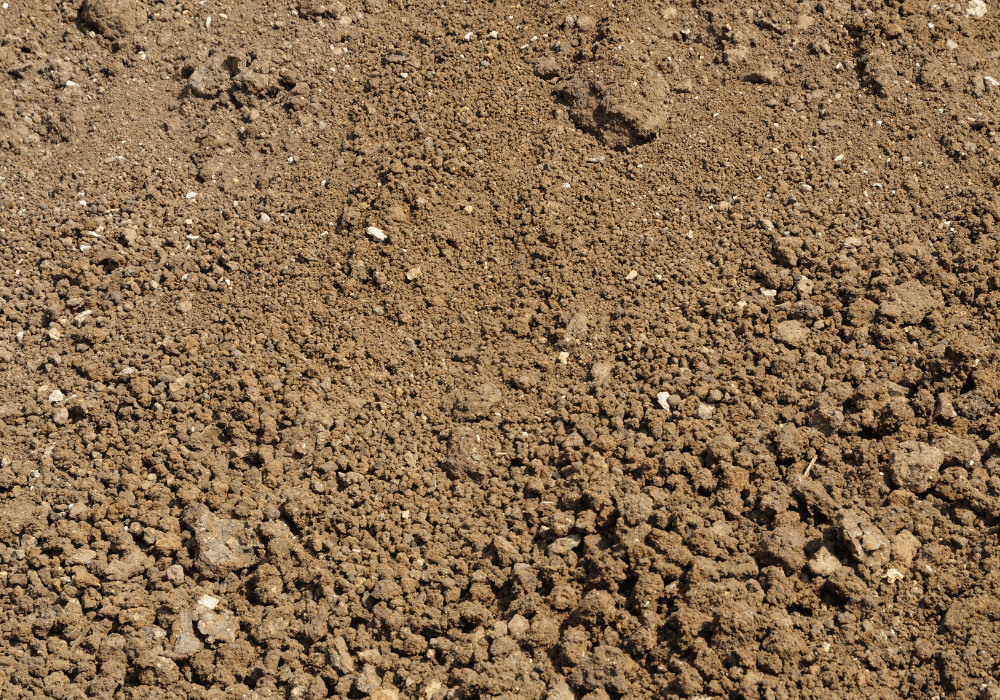In the industry of construction and environmental management, maintaining site integrity and minimizing environmental impact are of utmost importance. One of the pivotal tools in achieving these objectives is the silt sock. If you’re new to the concept or want a detailed understanding of what a silt sock is, you’ve come to the right place. This comprehensive guide will delve into the nature, applications, benefits, and installation processes associated with silt socks.
Understanding Silt Socks
A silt sock is a type of erosion control device, typically filled with compost, mulch, or other organic materials. Its primary purpose is to filter sediment-laden water, allowing clean water to pass through while capturing and containing soil particles. These socks are commonly used in construction sites, agricultural fields, and other areas prone to soil erosion.
Composition and Structure
Silt socks are usually composed of a permeable fabric tube filled with organic materials such as:
- Compost: Rich in nutrients and beneficial for promoting vegetation growth.
- Mulch: Effective for filtration and erosion control.
- Wood Chips: Suitable for larger particulate filtration.
The exterior fabric is designed to be durable yet permeable enough to allow water to flow through while trapping sediment.
Applications of Silt Socks
Construction Sites
Construction activities often disturb the ground, making soil erosion a significant concern. Silt socks are employed to:
- Prevent Sediment Runoff: By filtering out sediment from stormwater runoff, silt socks ensure that construction sites comply with local regulations and protect nearby water bodies from contamination.
- Stabilize Soil: Placed strategically around construction perimeters, these socks help maintain soil stability and prevent the loss of valuable topsoil.
Agricultural Fields
In agriculture, soil erosion can lead to reduced crop yields and long-term land degradation. Silt socks are used to:
- Control Erosion: By capturing soil and nutrients before they wash away, silt socks aid in maintaining soil health and productivity.
- Improve Water Quality: Filtering out agricultural runoff helps in keeping nearby water sources clean and free from contaminants.
Roadside and Highway Projects
Road construction involves significant soil disturbance, making erosion control crucial. Silt socks are invaluable in such settings as they:
- Mitigate Erosion: Placed along roadside ditches and slopes, these socks prevent the erosion of embankments and safeguard infrastructure.
- Protect Waterways: By capturing sediment before it enters drainage systems, silt socks protect local waterways from pollution.
Benefits of Using Silt Socks
Environmental Protection
One of the foremost advantages of using silt socks is their ability to protect the environment. By filtering sediment and preventing soil erosion, silt socks:
- Prevent Water Contamination: Keeping sediment out of water bodies helps in maintaining water quality and protecting aquatic ecosystems.
- Promote Vegetation Growth: The organic materials within silt socks can aid in vegetation establishment, further stabilizing the soil and enhancing biodiversity.
Cost-Effectiveness
Silt socks are a cost-effective solution for erosion control. They are relatively inexpensive compared to other methods and offer multiple benefits, such as:
- Easy Installation and Maintenance: Silt socks are simple to install and require minimal maintenance, reducing labor costs and time.
- Reusable and Long-Lasting: Depending on the material used, many silt socks can be reused for multiple projects, offering long-term economic benefits.
Regulatory Compliance
Regulations concerning sediment control and water quality are becoming increasingly stringent. Silt socks help ensure compliance with these regulations, avoiding potential fines and project delays.
How to Install Silt Socks
Proper installation is key to the effectiveness of silt socks. Here’s a step-by-step guide to installing them:
- Site Assessment
- Conduct a thorough assessment of the site to understand the areas most prone to erosion.
- Identify points where runoff is likely to occur and determine the optimal placement for the silt socks.
- Preparing the Site
- Clear the installation area of any debris or obstacles.
- Ensure the ground is level and stable to provide a solid foundation for the silt socks.
- Positioning the Silt Socks
- Lay out the silt socks in strategic locations, such as along slopes, perimeters, and around drainage areas.
- Ensure the socks are in direct contact with the ground to prevent water from flowing underneath.
- Staking the Silt Socks
- Secure the silt socks with stakes or pegs driven through the fabric and into the ground.
- Space the stakes evenly to maintain stability and prevent the socks from shifting.
- Maintenance and Monitoring
- Regularly inspect the silt socks for signs of wear, damage, or clogging.
- Replace or repair any damaged sections to maintain their effectiveness.
- Remove accumulated sediment periodically to ensure proper filtration.
Silt socks are a vital tool in the arsenal of erosion control and environmental protection. By understanding their composition, applications, and benefits, you can make informed decisions about their use in your projects. Whether you’re working on a construction site, managing agricultural fields, or undertaking roadside projects, silt socks offer an effective, cost-efficient solution for maintaining site integrity and protecting the environment.

